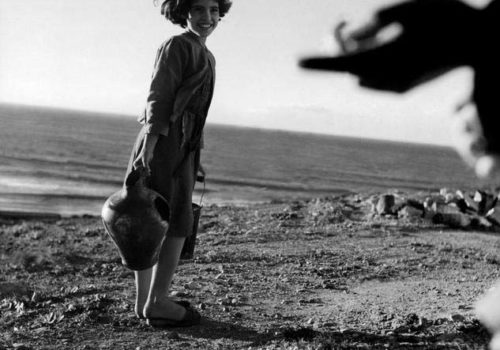In the aftermath of World War II, Capa, Cartier-Bresson, Chim and Rodger decided to divide the world among themselves and document it in a comprehensive and sincere way, free now from the sensational wartime requirements of the media. Werner Bischof soon joined them, leaving his commercial photography job to record the postwar struggles in a newly liberated Europe. He committed himself fully to long-term projects, convinced that his photographs could alter the course of things. He wanted to reveal an unknown side of the world. He was recognized by the American congress for his reporting on hunger in Asia.
This article is reserved for subscribed members only. If you are already a member, you can log in here below.
Subscribe for full access to The Eye of Photography archives!
That’s thousands of images and articles, documenting the history of the medium of photography and its evolution during the last decade, through a unique daily journal. Explore how photography, as an art and as a social phenomenon, continue to define our experience of the world. Two offers are available.
Subscribe either monthly for 8 euros (€) or annually for 79 euros (€) (2 months offered).
















